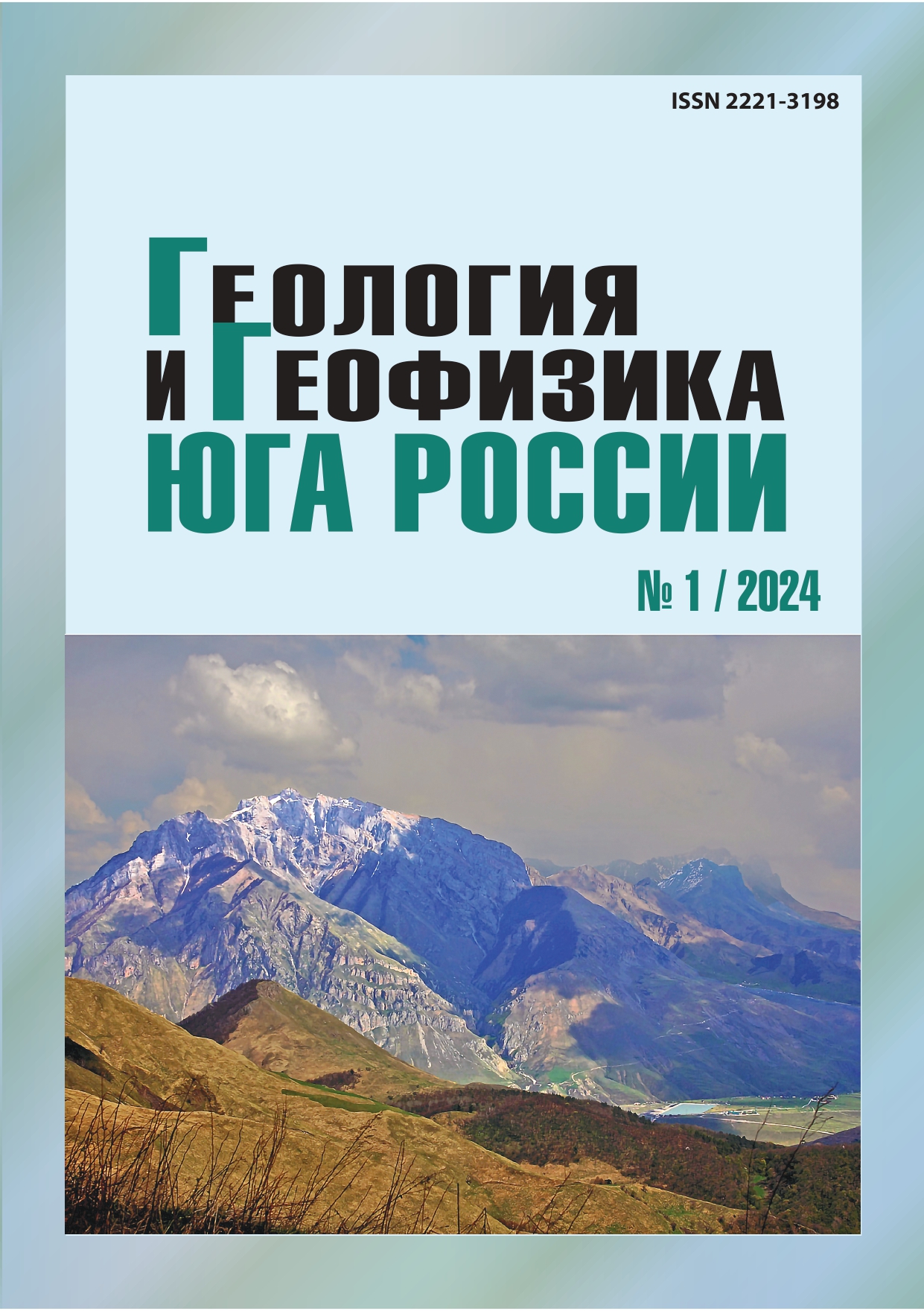Geo-electric assessment of groundwater potentials and vulnerability to contaminants for sustainable water management at Utue-Ogume, Delta State, Nigeria
Abstract
Relevance. The study focuses on assessing groundwater potentials and the effectiveness of the overburden protective layer in preventing contaminant intrusion into the groundwater aquifer within a municipality in the Western Niger Delta. Aim. Employing Vertical Electrical Sounding (VES), 2-D resistivity imaging, and Dar-zarrouk parameters, the research aims to investigate the geoelectric characteristics of the subsurface layers, delineate the aquiferous layer, and assess the protective capacity of the overburden. Methods. Nine VES were conducted using the Mini-Res Resistivity Meter with the Schlumberger array. Data processing utilized IPI2win software, revealing seven to eight geoelectric layers. The aquiferous layer, situated between the fifth and sixth layers, exhibited varying resistivity (924.9Ωm to 1629Ωm), thickness (34.52 m to 79.20 m), and depth (55.95 m to 106.00 m). Results. Dar-zarrouk hydraulic parameters (hydraulic conductivity, longitudinal conductance, transverse resistance, and transmissivity) were derived from aquifer resistivity and thickness. Hydraulic conductivity ranged from 6.55 m/day to 6.80m/day, transmissivity from 228.5 m²/day to 538.6 m²/day, longitudinal conductance from 0.031Ω– ¹ to 0.076Ω– ¹, and transverse resistance from 37385.1Ωm² to 129016.8Ωm². Zones with contrasting parameter values were identified. Conclusion. The overburden protective layer was rated as having poor capacity, rendering the aquifer highly vulnerable to contaminants. Conversely, the aquifer demonstrated potential for providing portable water, reflecting subsurface heterogeneity and ample hydraulic pressure. A recommended hydrochemical study will further assess water portability.


